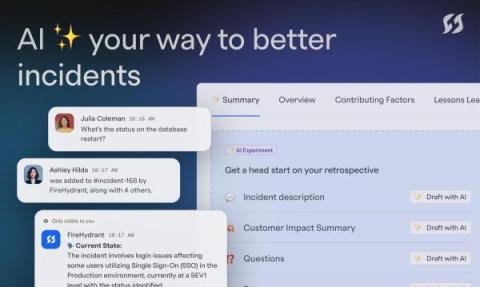How AI will shape the future of risk management
By Eric Boger, VP Risk Intelligence It has become increasingly evident that the complexities and challenges that defined the risk landscape of 2023 will almost certainly persist throughout 2024 and beyond. Enterprises will continue to grapple with a relentless and intricate risk landscape; rather than facing isolated threats, they are confronted with a complex web of interconnected challenges.











